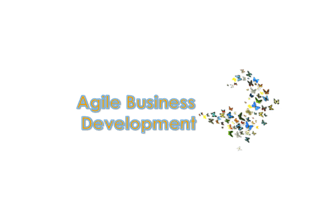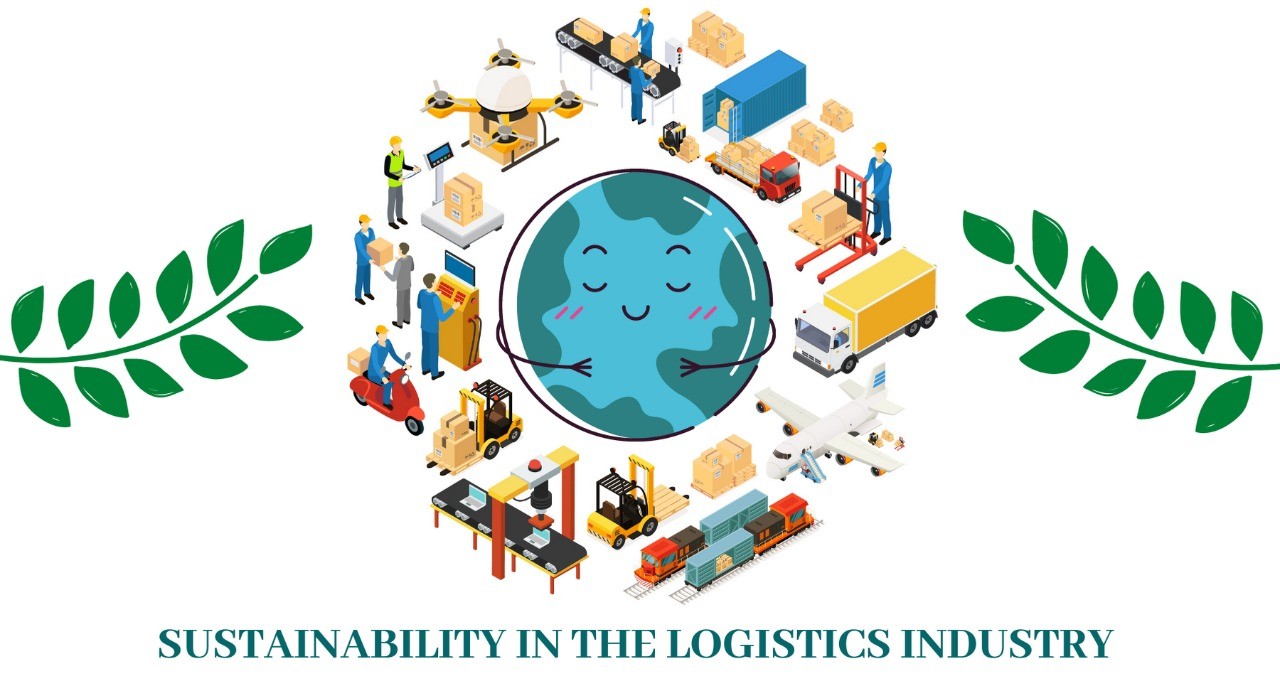
Agile Business Development: Navigating Growth with Flexibility
In the dynamic landscape of today’s business environment, agility is key to achieving sustained growth and staying ahead of the competition. Agile business development is emerging as a powerful strategy for organizations seeking to navigate uncertainties and seize new opportunities.
Understanding Agile Business Development
Agile business development is an approach that prioritizes flexibility and adaptability in the pursuit of organizational growth. Rooted in agile principles derived from software development, this methodology has found broader applications across various business functions. The essence lies in iterative progress, collaboration, and a customer-centric mindset.
Iterative Progress for Continuous Improvement
Central to agile business development is the concept of iterative progress. Rather than following a rigid, linear plan, organizations work in short cycles, continuously iterating and improving upon their processes and products. This iterative approach allows businesses to respond quickly to changes in the market, customer preferences, or internal dynamics.
Embracing a Customer-Centric Mindset
Agile business development places a strong emphasis on understanding and meeting customer needs. Regular customer feedback and involvement throughout the development process ensure that products and services align closely with customer expectations. This customer-centric mindset not only enhances customer satisfaction but also contributes to building loyal and long-lasting relationships.
Collaboration Across Functions
Breaking down silos and promoting collaboration across different business functions are fundamental to agile business development. Cross-functional teams work together, pooling diverse skills and expertise to achieve common goals. This collaborative approach fosters creativity, innovation, and a holistic understanding of business objectives.
Flexibility in Responding to Market Changes
The business landscape is dynamic, and market conditions can change rapidly. Agile business development equips organizations with the flexibility to respond promptly to these changes. Whether it’s shifting consumer trends, emerging technologies, or competitive pressures, agile organizations can adapt their strategies in real-time, staying relevant and competitive.
Shortening Time-to-Market with Agile Practices
In a fast-paced business environment, speed matters. Agile practices, such as Scrum or Kanban, are designed to streamline workflows and accelerate time-to-market. By breaking down projects into smaller, manageable tasks and delivering increments of value iteratively, organizations can bring products and services to market more quickly, gaining a competitive edge.
Continuous Learning and Improvement
Agile business development embraces a culture of continuous learning and improvement. After each iteration, teams reflect on what worked well, what could be improved, and how to enhance processes moving forward. This commitment to ongoing improvement ensures that organizations are always evolving and refining their approaches for optimal results.
Strategic Use of Technology and Automation
Leveraging technology and automation is a key component of agile business development. Organizations adopt advanced tools and technologies to enhance collaboration, automate repetitive tasks, and gather valuable data for informed decision-making. This strategic use of technology amplifies efficiency and supports the agile framework.
Adapting to Changing Customer Expectations
In today’s fast-evolving markets, customer expectations are constantly changing. Agile business development enables organizations to adapt quickly to these shifting expectations. By staying connected with customer needs and preferences, businesses can adjust their strategies, ensuring that products and services remain aligned with market demands.
Creating a Culture of Agility
Agile business development is not just a set of practices; it’s a cultural mindset that permeates the entire organization. Building a culture of agility involves fostering openness to change, encouraging innovation, and empowering employees to take ownership of their roles. This cultural shift is instrumental in sustaining agile practices in the long term.
To explore how organizations are thriving with Agile Business Development, visit fortahira.my.id. Discover how adopting an agile mindset can transform your business, driving growth, innovation, and resilience in today’s ever-changing business landscape.




